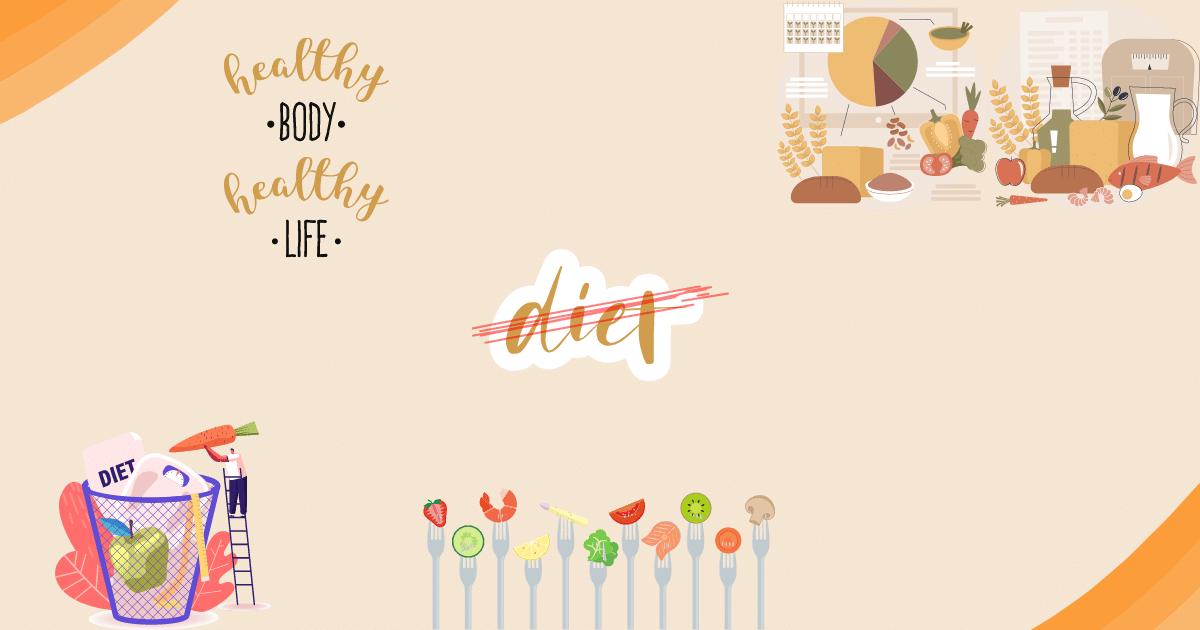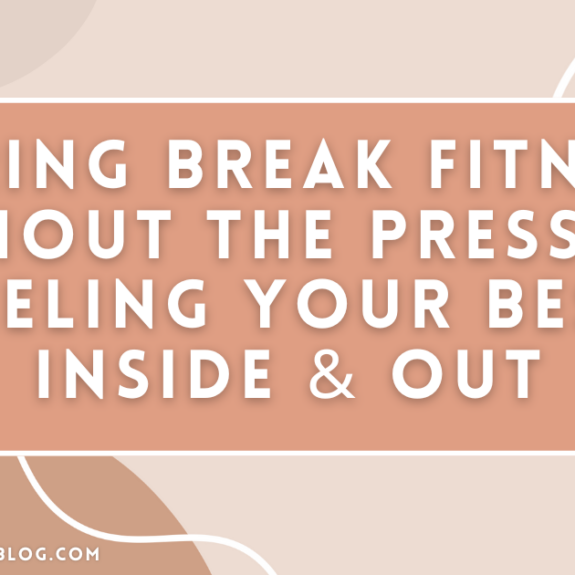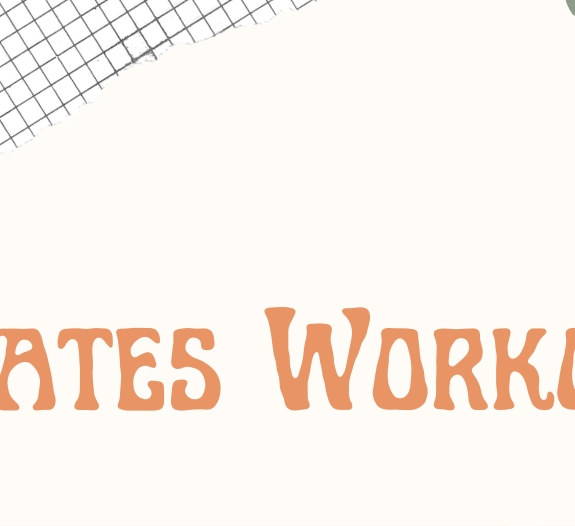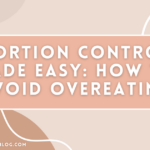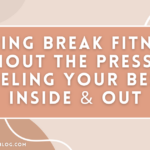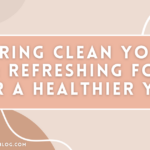There are hundreds, if not thousands, of diets out there. So many people restrict or eliminate certain food groups because they think this is the answer to all their problems. Diet culture preys on people’s insecurities because they are able to profit from people believing there’s a quick diet fix. The underlying fact is that there’s no quick fix because it just doesn’t exist. Living a healthy lifestyle for the long run is the only way to see lasting results. The 80/20 rule will allow you to live a balanced life where you don’t have to cut out food groups. Diet culture can be left in the past when utilizing the 80/20 rule.
The 80/20 Rule
The 80/20 rule can be utilized in almost any part of life, but in this post we’re talking about it relating to nutrition. 80% of the time you should be eating unprocessed and nutrient dense food and 20% of the time you can eat some less healthy, more indulgent treats. This might seem like such an ambiguous way of thinking because there are no set rules. As a society we are used to diets containing strict rules based on what to eat or when to eat. The 80/20 rule is less of a diet and more of a lifestyle change. Every kind of food is still on the table with the 80/20 rule because it’s a long term change instead of a short term diet. Diets are built for people to use them for a short period of time then stop. When you think about it, has there ever been a diet that you used your whole life? Probably not because dieting is not the solution. The 80/20 rule is all about being conscious of the food you intake and creating balance within your life. You’re able to learn healthy habits and keep utilizing them years later because you learn moderation instead of elimination.
How to Use the 80/20 Rule
The great thing about the 80/20 rule is that it can be used in so many different ways. There isn’t one specific way you have to use it to work. Some people choose to use 80/20 relating to weekends and weekdays. 80% of healthy food falls on the weekdays while 20% of less healthy food falls on the weekends. This means that you have to be on top of your game on the weekdays so you can have some indulgence on the weekends. This can be tough for some people because they enjoy small treats everyday instead of just on the weekends. That’s the great thing about the 80/20 rule because it can be used daily as well. If you think about your day, you have breakfast, lunch, dinner, and potentially a snack. 80% of the food in a day should come from whole foods that provide nutrition. 20% of the food in a day can be a dessert or treat. Take a step back and think about all the food you eat in a day and if you think the treats you consume pass up the whole foods you consume. Be honest with yourself because this is how you can break bad habits if you see them forming. Consider writing down everything you eat for a few days and see the difference between the healthy food and less healthy food that you consume. You can track this easily with a meal planner that I have created for you!
The percentages might make it difficult to break down how much of each you should be eating. To give a more tangible example of the 80/20 rule let’s say you eat 2,000 calories a day. 1,600 calories should come from whole foods filled with nutrients. 400 calories can come from some less healthy foods or a dessert. This is just one example to allow you to see real numbers behind the 80/20 rule. You do not need to track your calories daily to see results with the 80/20 rule. It might be helpful for the first week to write down the food you eat to see how close or far you are from reaching this 80/20 balance. After this week or few weeks of getting used to utilizing the 80/20 rule, you’ll be able to make healthy choices with your food but still allow yourself some treats. You will be able to live a more balanced life without needing to restrict any type of food.
Why Does the 80/20 Rule Work
No matter what way you choose to use the 80/20 rule, if you are using it correctly it should work. It was created to help you be more conscious of the food you’re putting into your body. 80% of foods should be whole foods that aren’t heavily processed. In many diets you’ll be given a goal to only eat a certain amount of calories. This forces you to be in the mindset that only calories matter, so most people will eat ‘low calorie’ food items that are heavily processed to be that way. Just because something is low calories does not mean that it’s healthy. Your body craves vitamins, minerals, and nutrients and only eating to reach a calorie goal doesn’t give it what it needs. The 80/20 rule also breaks down the barrier that diet culture built around the idea that you cannot treat yourself. There’s a reason that 20% of the food you eat can be dessert or treats. If you cut out sweets for a long period of time you will inevitably crave them, and when you do give in to those temptations you most likely over indulge. Diets are often the root cause of the restrict and binge cycle. You’ll start up a diet and stick to it for a few weeks, then eventually you can’t take it anymore and binge eat foods that you cut out. Diets are not a long term solution to your problems because it doesn’t address the fact that cutting out food groups usually doesn’t last. You might see short term effects after diets, but in the long run you’ll keep cycling through restricting and binging. If you allow yourself a small treat everyday or treats on the weekends you allow your body to keep up a balanced diet. You won’t be craving indulgent foods like crazy because you are allowing yourself to eat them. You’ll also be conscious of the food you’re putting into your body, so you’ll teach your brain and body not to binge. You don’t need to count calories with the 80/20 rule, so your life won’t revolve around the amount of calories you’re eating. If you take the time to look at the type of food you’re eating and the amount of food at each meal, you’ll be able to find a daily balance where you feel satisfied after each meal and not stuffed. The 80/20 rule isn’t just a diet that you’ll give up eventually. It’s a lifestyle change that teaches you healthy habits that you can keep up for the rest of your life. You’ll learn portion control, the type of food that makes your body feel best, how to enjoy food without restriction, how to appreciate your body for all the things it does, and the value of treating yourself with a delicious dessert.
The 80/20 rule can allow you to never go on another diet again. You can find balance between the type of food you eat, while still enjoying a treat here and there. Your body needs protein, carbohydrates, and fats, so cutting out food groups is not the answer. Listen to your body and eat food that will enhance your well-being instead of processed food that doesn’t supply you with nutritional content. Try out the 80/20 rule for yourself and see how you feel when you’re focused on balance instead of restriction.
